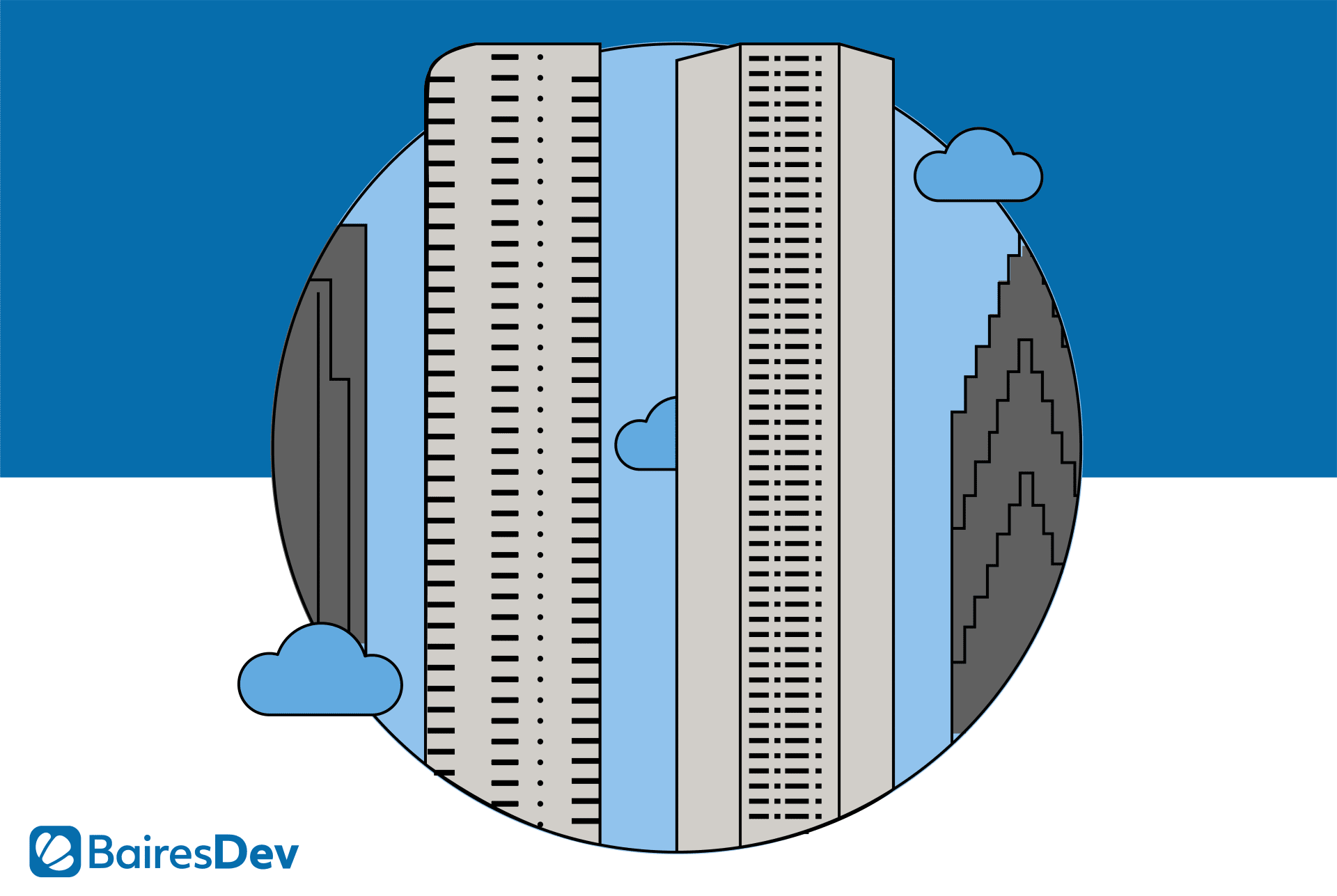The agile team movement has been a major turning point in the way software and systems are developed, challenging traditionally “waterfall” practices in business. According to a recent HP survey of over 600 development and IT professionals, a vast majority of organizations reported that they primarily use agile methods. In fact, two-thirds described their company as either “pure agile” or “leaning towards agile.”
To build a high-performing agile team, it requires not only having a cross-functional team with the right knowledge and values but also getting management to accept and embrace the agile mindset. Only when both of these elements exist can teams thrive and grow in an efficient manner. Nowadays, business leaders must guide and mentor their development teams in switching to an agile mindset if they are to continue delivering business value.
80% of all software organizations practice agile development, but that doesn’t necessarily guarantee success. So, how can organizations create exceptional agile teams to do more faster and better? Here are five qualities every high-performing agile team must have in order to be successful.
1. Communication
One of the most fundamental characteristics of a high-performing agile team is effective communication among team members. When agile teams take the time to reflect on how they can communicate more effectively and adjust accordingly, they can be more successful.
This applies between team members as well as between the teams and management. Managers need to be good at giving feedback, and team members need to feel like they have a voice and can express their real thoughts or opinions on how a project is going to management. Both sides must fully understand the projects at hand, and what they expect as the outcome. In other words, a successful agile team has open communication and transparency about both technical solutions as well as goals.
2. Collaboration
Collaboration is another critical agile team characteristic. Among organizations surveyed that have moved to agile, 54% believed it has helped enhance collaboration between teams that don’t usually work together. Unlike a traditional team that completes a goal according to a set assignment, agile teams are required to work in short iterations, or sprints, that require a higher level of collaboration with other teams and business partners.
Regular feedback and the ability to quickly adapt are required of an agile team so everyone can feel confident they are working toward the same goal. Agile teams are those that realize projects aren’t simply handed over from one team to the next, but that everything is connected and it’s the entire team that is solving a program, not the individuals.
3. Self-Organizing & Self-Sufficient
An agile team must be self-sufficient and self-organizing in order to achieve great things. Each team member must be capable of determining their next tasks, and teams must be able to organize meetings between themselves, or with external collaborators or stakeholders, without much guidance from higher-level executives.
The more self-sufficient a team can be, the more consistent they can be with their performance and the better the results the organization will be able to deliver. A self-sufficient agile team requires specific tools to support the way they work and may benefit from using project management tools to plan their springs and manage tasks independently without the need for a traditional project manager.
4. Metrics-Driven
Agile teams need to be result-driven and there are plenty of analytic tools to measure the success of a project or final product. However, it can be difficult to measure just how healthy an agile team is in order to uncover areas for improvement. Tracking and sharing sound agile metrics about the team itself can help everyone track their progress as well as inspect and adapt to how they work together. Atlassian breaks down some of the key agile metrics teams can measure, such as:
- Sprint burndown
- Epic and release burndown
- Team velocity
- Control charts
- Cumulative flow diagrams
- Release frequency
- Delivery speed
All of these agile metrics can provide incredible insights into a team’s performance and provide measurable goals for teams to strive after.
5. Cross-Functional
According to Inc., cross-functional teams can be defined as “groups that are made up of people from different functional areas within a company.” Cross-functional teams are often given the power to make decisions at a much lower level, allowing them to have total control over the entire scope of a project from start to finish.
A cross-functional, agile team only works when it consists of individuals that have both shared and complementary skill sets. This allows the team to help each other on specific features or entire projects without resulting in external resources. With a cross-functional team, workloads are better balanced, and team members tend to appreciate and respect each other’s contributions to the overall project much more. Organizations that do not foster healthy, cross-functional teams have little chance at maximizing value and run the risk of facing agile sprint fatigue — i.e. teams losing their motivation and cohesiveness.
If you don’t already have an agile team in place, moving your staff to collaborate and to use more agile practices will require a significant mindset change for everyone involved. An agile environment must be supported by both team members and management, or the team will more than likely struggle to succeed. Keep in mind that your team must also be diverse and represent many skill sets and perspectives to be successful. Establishing agile teams takes time, but remember they can, and always will, improve over time. Continuous improvement, after all, is a hallmark of a successful team.







